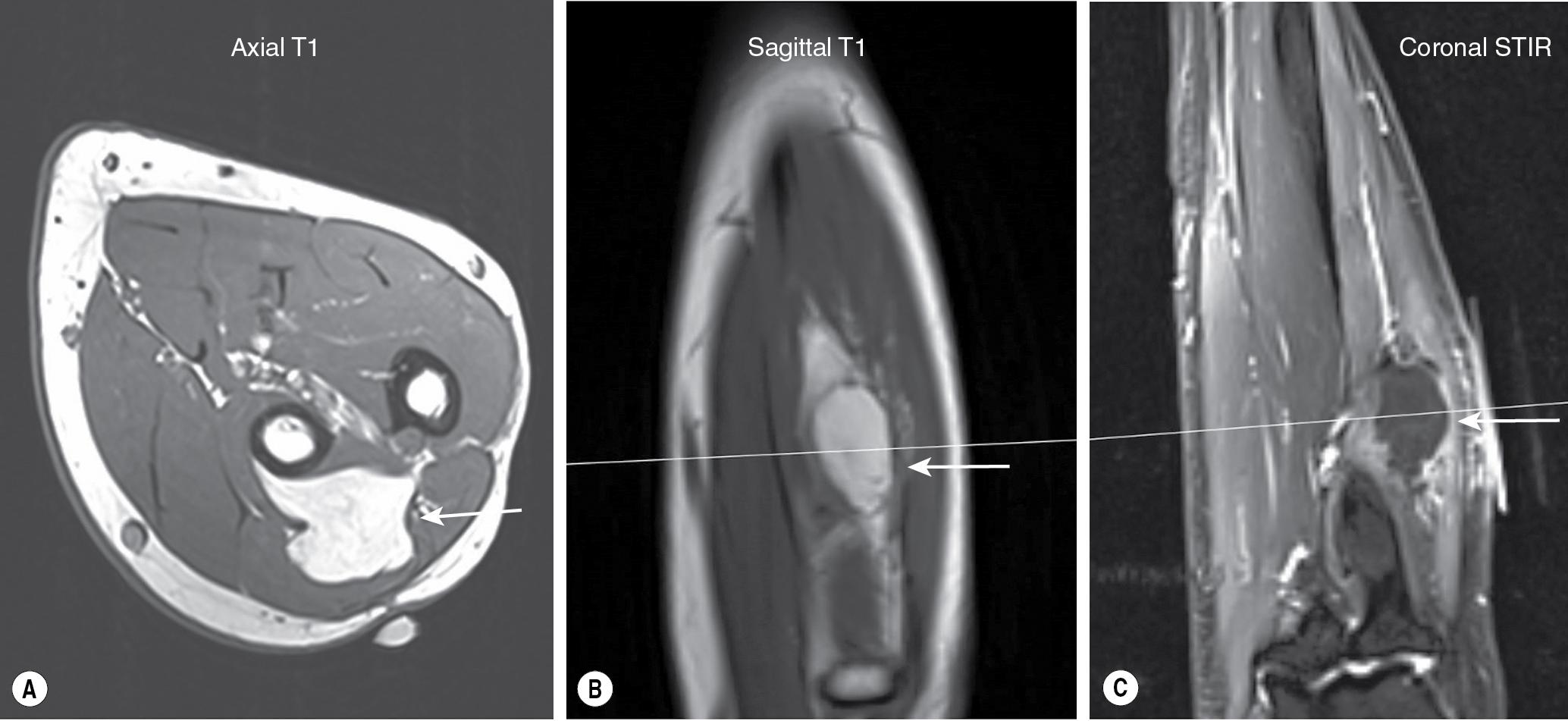Physical Address
304 North Cardinal St.
Dorchester Center, MA 02124
Radial neuropathy can result from direct trauma or compression anywhere along the radial nerve’s course, from the brachial plexus through the spiral groove, radial tunnel, posterior interosseous nerve (PIN), or superficial branch of the radial sensory nerve.
Three types of radial nerve decompression may arise in the forearm: PIN syndrome, radial tunnel syndrome, and compression of the radial sensory nerve in the distal forearm, otherwise known as Wartenberg syndrome.
PIN syndrome is a purely motor paralysis caused by PIN compression, which affects the motor function of muscles innervated by the PIN.
The addition of pain in the lateral forearm without distal sensory loss is known as radial tunnel syndrome.
Wartenberg syndrome is diagnosed when a patient solely has sensory complaints in the region of the radial sensory nerve. This is likely a result of entrapment of the radial sensory nerve distal to the radial tunnel, between the extensor carpi radialis longus (ECRL) and brachioradialis (BR) tendons, as the nerve transitions from deep to superficial.
Patients with radial tunnel syndrome classically present with pain and tenderness at the lateral proximal forearm that is exacerbated with resistance of long finger extension and resisted forearm supination. In contrast, patients with PIN compression present with neurologic motor weakness without associated lateral forearm pain.
The presence of space-occupying lesions, such as ganglion cysts or tumors, may also cause compression of the radial nerve in the forearm ( Fig. 59.1 ).

Conservative management, including treatment of concomitant lateral epicondylitis, rest, activity modification, antiinflammatories, and corticosteroid injections, is indicated for patients with early compressive symptoms without evidence of space-occupying lesions.
Patients with PIN compression present with spontaneous weakness of the finger extensors. Wrist extension is preserved with radial deviation because the ECRL comes off the radial nerve before the radial tunnel, and the extensor carpi ulnaris (ECU) comes off the PIN proper, resulting in ulnar-sided weakness only.
Patients with radial tunnel syndrome have focal tenderness over the radial tunnel, which exists on the longitudinal line from the radial head to the midpoint of the wrist, 3.5 to 7.5 cm distal to the radial head.
The most important differential diagnoses to consider are radial tunnel syndrome and lateral epicondylitis. The pain associated with lateral epicondylitis is proximal and more posterior/ulnar, located directly over the lateral epicondyle. The pain from radial tunnel syndrome is distal to the lateral epicondyle in the proximal forearm, directly ulnar to the BR. Most patients are tender when deep palpation is applied to this region, but patients with radial tunnel syndrome have more significant and asymmetric tenderness.
The Maudsley test is useful for differentiating lateral epicondylitis from radial tunnel syndrome. A positive test describes pain in the region of the lateral epicondyle during resisted extension of the long finger and is indicative of lateral epicondylitis. The use of local anesthetic is also helpful to confirm the diagnosis of lateral epicondylitis. Temporary total pain relief after lidocaine injection into the lateral epicondyle may further confirm the diagnosis of lateral epicondylitis.
Trauma, proliferative rheumatoid synovitis, mononeuritis, and Parsonage-Turner syndrome may cause symptoms similar to PIN compression. Lateral elbow and forearm pain may also be caused by cervical radiculopathy, elbow arthritis, avascular necrosis of the capitellum, medial collateral ligament instability, or lateral antebrachial cutaneous neuropathy.
For patients with PIN compression, nerve conduction studies may reveal slowed conduction velocity or reduced amplitudes of nerve conduction. Nevertheless, nerve conduction studies in patients with PIN compression are frequently normal because it is difficult to capture nerve velocities using surface electrodes given the depth of the PIN from the skin. Compression entirely affects the motor component of the radial nerve. Therefore because the superficial sensory radial nerve is not involved, sensory nerve action potentials should be unaffected on nerve conduction studies. Electromyography may demonstrate diminished recruitment, increased insertional activity, fibrillation, and polyphagia because of denervation and peripheral reinnervation among PIN-innervated muscles.
For patients with radial tunnel syndrome, electrodiagnostic studies are typically normal.
If a space-occupying lesion is suspected, such as a lipoma, ganglion cyst, other tumors, or other pathology in the radiocapitellar joint, then additional tests, including radiographs or magnetic resonance imaging (MRI), should be performed.
Although electrodiagnostic studies are inconclusive for radial tunnel syndrome, they may be useful for ruling out C5 radiculopathy
Become a Clinical Tree membership for Full access and enjoy Unlimited articles
If you are a member. Log in here